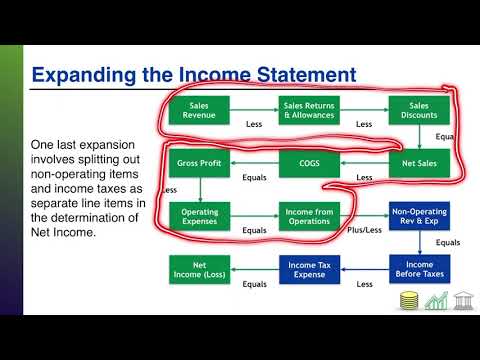
The financial statements which include the income statement, statement of changes in equity, balance sheet, statement of cash flow and notes are the end products of the accounting system. Many small businesses use software like QuickBooks to log and track income and expenses. The purpose of managing revenue, costs, and expenses are so that it’s easy to see how much the business earns and how to adjust if needed.
Start by learning all about how to open a business bank account, then check out our top recs for business checking and business savings accounts to find the right account for you. Here are some basic steps to get you started keeping track of your small business’s financial information, generating financial statements, and filing taxes. Yes, you’ll need to determine how you want to manage your books, such as the do-it-yourself route, such as Excel spreadsheets, or use accounting software like QuickBooks. Alternatively, you can outsource your bookkeeping or hire a part-time bookkeeper. Finally, you’ll need to file your annual tax returns for yourself and your business.
Companies hold a certain amount of inventory, or finished products/goods, that have not yet been sold. It’s important that a company does obtaining an employer identification number for an exempt organization not hold too much or too little of an unsold product or service. To ensure that doesn’t happen, a component of business accounting is managing and reviewing inventory.
- Key accounting best practices for small businesses include keeping businesses’ finances separate from personal finances, maintaining accurate records, and tracking income and expenses.
- Managing all of your business transactions in a separate account makes it easier for you, your bookkeeper, and your CPA to manage your accounting.
- A separate bank account makes it much easier to have a clean record of business transactions.
- You can use an accounts receivable aging report for a quick view of outstanding customer payments.
Take stock of your inventory

To make it easy to get started, we’ve created a guide with the 10 essential steps necessary for accounting for small business. By knowing what you need to do and getting some guidance on how to do those things, you can be performing accounting tasks for your business in no time. Few small business owners are accounting experts, but to be successful, it helps to know a little about how to do accounting for a small business. Most invoices are due within 30 days, noted as “Net 30″ at the bottom of your invoice. Without a due date, you will have more trouble forecasting monthly revenue.
Depending on your needs, opening a money market account for savings might be a smart move. You’ll be required to maintain a higher minimum amount in the account, and you may have limited check-writing options. Once you’ve chosen an accountant to work with, use these top questions to ask a CPA to guide your initial conversation. Make sure you’re clear on all of the accounting obligations related to managing and growing your business. To prepare the system for the next accounting, temporary accounts that are measure periodically, including the income, expense and withdrawal accounts, are closed. The balance sheet accounts also called the permanent accounts, remain open for the next accounting cycle.
While accounting may not be what motivates you to go to work every day, it’s likely something you’ll encounter whether you do it yourself or outsource to an accounting firm. There are weekly, monthly, quarterly, and annual accounting tasks you need to complete to ensure your business’s success. Some software targets small business accounting professionals or bookkeepers, while other programs tailor to business owners looking to develop their accounting skills.
What Is Small Business Accounting?
Sage Business Cloud Accounting starts at $10/ month, but for complete accounting functionality, you’ll want to choose the full-service plan at $25/month. With electronic banking making it much easier to manage your bank accounts, you may be tempted to skip this step. Reconciling your bank accounts each month is important and should be done regularly. Even if you’re a sole proprietor, it’s a good idea to open a business bank account.
Deducting Business Expenses
In many small businesses, a payroll manager is in charge of oversight of the payroll. Choose a methodology for recording business transactions that works well for your company’s needs. Expense tracking software is an efficient, paperless method to ensure the accuracy of transaction recording. How a company chooses to record transactions depends on the business owner. However, for government regulations and tax purposes, it is wise to always keep what is adjusting entries track of everything, including receipts and invoices. Financial advisors can use the financial data gathered by business accounting to help small business owners make important financial decisions about the future and day-to-day operations.
Choose an accounting method
There are basically two methods of recording income and expenses – the cash basis and the accrual basis of accounting. The most important financial documents for any business owner who wants to understand their finances are balance sheets, cash flow statements, and income statements. You can look at these documents yourself or collaborate with a financial professional to analyze how to calculate marginal cost the state of your business’s finances. Our accounting tips can get you started on your way to assessing your finances.
But with an effective budget, you can prepare for the dips by making the most of your peaks.
